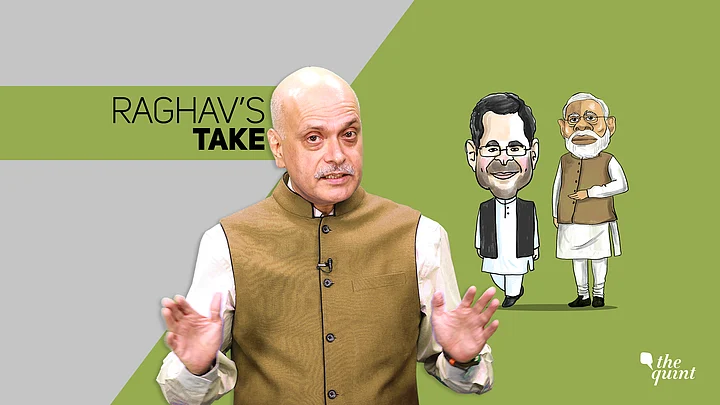Itâs an irrefutable political theorem in a multi-cornered, first-past-the-post system: whenever a party falls to the third place in a state, its 15-20 percent vote share becomes treacherous. A blunt, impatient desire to increase the vote share can actually damage a partyâs strategic intent. The game has to be played cleverly, patiently if a party wants to get out of this abyss.
For every Congress leader who dithers or disagrees with this theorem, Rahul Gandhi should herd her into a war room and tell a little story: how the BJP climbed out of the ditch â a mere 2 seats in the Lok Sabha in 1985 - to become the most powerful political entity in India:
